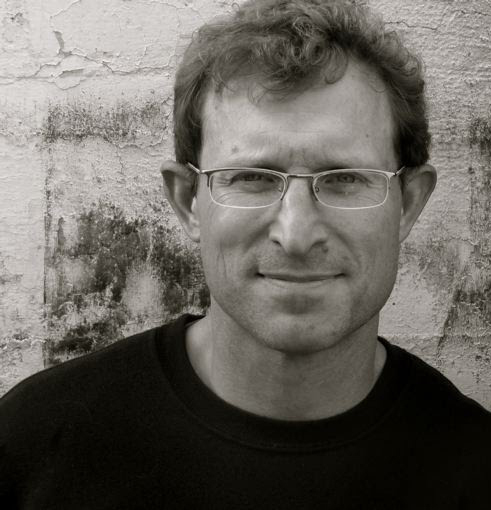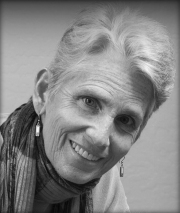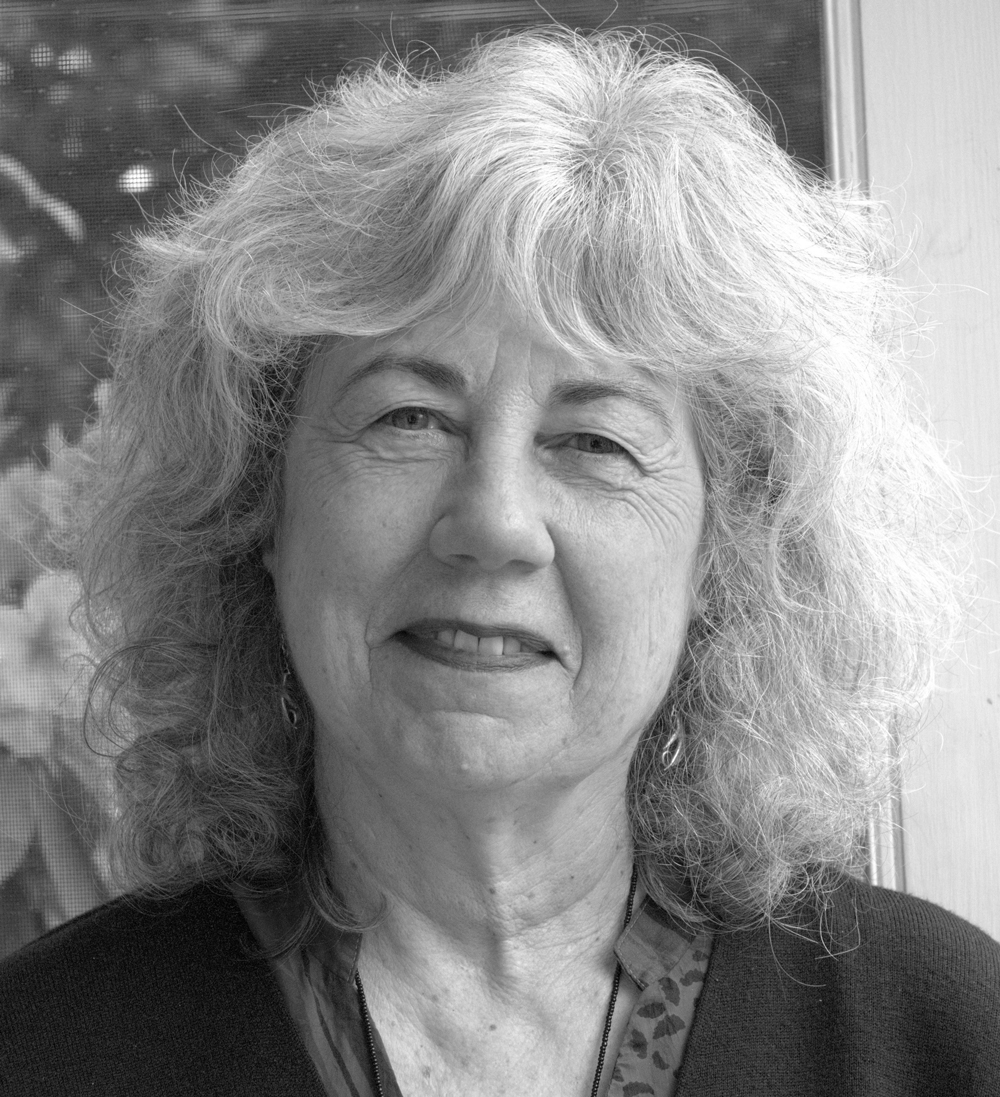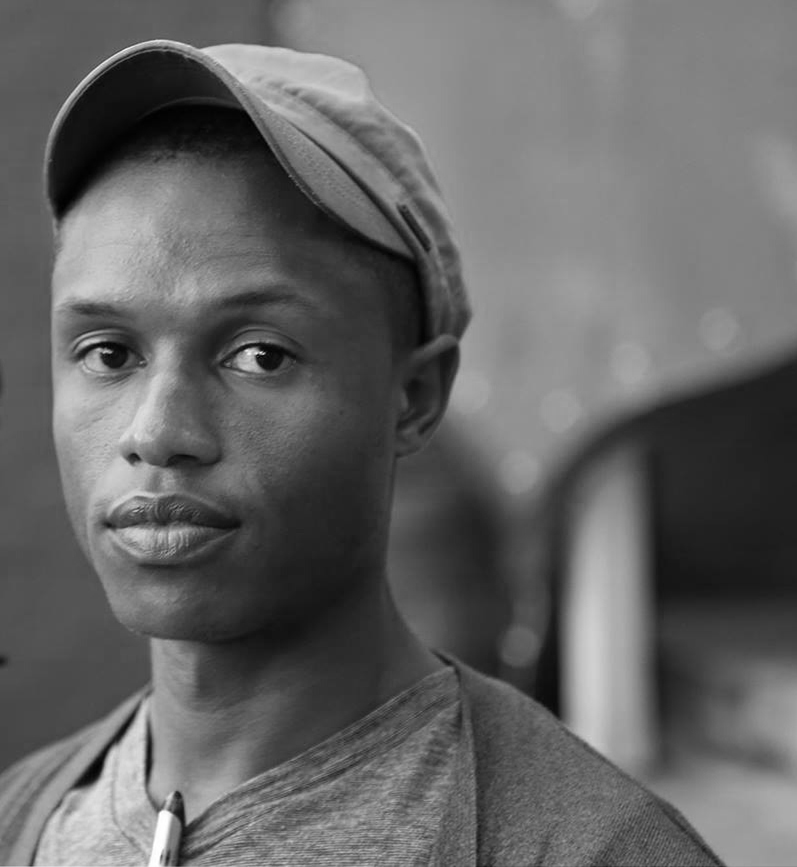 Allowing young people to tell
Allowing young people to tell
their stories and discover other
ways of seeing themselves and the
value of their lives is honoring them
and what they've survived.
 Catherine O'Neill ThornBecause a few questions can lead to endless insight, I'm happy to present Fast Five — interviews with my favorite writers and literary leaders.
Catherine O'Neill ThornBecause a few questions can lead to endless insight, I'm happy to present Fast Five — interviews with my favorite writers and literary leaders.
Catherine O’Neill Thorn is a poet, writer and founder/director of Art from Ashes, a literary youth organization in Colorado. She has been conducting transformational poetry and spoken word workshops at juvenile detention facilities, treatment centers, and schools since 1992.
O'Neill Thorn developed the Phoenix Rising curriculum, designed to empower struggling youth to express their creativity through metaphor and expose them to a language based on self-affirmation and belief in a successful future. This method has since become the seminal program of Art from Ashes. In a series of three-minute writing prompts facilitated over two hours, young people see immediate evidence of their creative ability and readily share their experiences — a process that often takes much longer using standard inquiry or therapies.
Art from Ashes has provided workshops to over 8,000 young people who have survived traumatic events, are victims of abuse, neglect and/or poverty, and are at risk for or engaged in destructive behaviors.
How did you come to writing? Were you first a writer, then a leader?
I started writing poetry when I was five years old. In the British and Irish cultures, poetry is considered a high art form, and since all schoolchildren are taught the importance of elocution, memorization and literature, it stands that memorizing poetry is an necessary part of a young person’s eduction. Consequently, my mother started reading us poetry when we were toddlers; she often played Dylan Thomas on the record player and occasionally stopped mid-sentence and recited a lengthy poem from her childhood. At the time, my bothers and sister and I were not at all impressed, but now I have only her to thank for my deep appreciation of poetry.
As a teenager and young adult, I kept numerous journals filled with poetry . . . most of it incredibly sad. I wish I had this program then. It was a lonely business pouring out my heart in despair; I would have benefitted from the transformational process, as well.
I’ve always loved poetry. Some have said it’s my religion, but to me it’s actually a vehicle. When you’ve been driving a beat-up old Volkswagen and suddenly you have access to a new Mini Cooper, well . . . that’s poetry.
People often look at writing and poetry as a mushy and temporary feel-good fix, but you seem to see written expression as critical to survival. Is this true, and if so, why?
When I started developing the curriculum for youth in residential treatment, probationdepartments and eventually for Columbine High School students, I called into play my experiences as a writer; as someone who has struggled with anxiety and depression; and also my troubled past. When I added my spirituality and research into human behavior and psychology, that's when I realized that language is a powerful medium that taps into our subconscious and can direct and manage our perceptions. Since it it ultimately our beliefs, not our cognitive process, that most affects our choices and behaviors, the ability to dialogue with our subconscious and learn to manipulate our perceptions changes everything.
When we learn that there’s a difference between a fact and our story about the fact, as a creative genius, we see that we are totally in charge of our story. And it is our story that determines our reality.
The world can be ugly and cruel. And the world also is amazing and awesome. Both and everything in between is true. Allowing young people to tell their stories and discover other ways of seeing themselves and the value of their lives is honoring them and what they've survived. More than that, allowing someone who has suffered the opportunity to find strength and hope through the power of language is not only poetry but is neurology. My definition of poetry is a dialogue with the subconscious through the language of metaphor. The dialogue can be shifted, and the resultant shift can change everything.
Art from Ashes deliberately distinguishes its writing process from art therapy. What’s the distinction?
Poetry therapy is a distinct practice that requires training in specific therapeutic techniques, as well as how to integrate poetry with those techniques. Our process is a group process, and while it is an effective support to therapy, it is more focused on each individual’s creative genius and their ability to choose an identity that does not make them a victim of experiences or circumstances. We accomplish this not by therapeutic skills (although certainly the result is therapeutic) but by introducing young people to the power of the arts and their own creative genius; by allowing both a safe process using the language of metaphor and a space space in which to express their story without judgement; and by guiding young people who have struggled through a process of transformation—from despair to self-determination.
 The Phoenix Rising program reaches young people who have had limited or no exposure to the arts; because we bring in published poems, we provide arts education; because we introduce local poets and authors, we engage marginalized youth with the creative community; because we provide public performance opportunities, we allow young people to practice public speaking skills and reengage them with their community.
The Phoenix Rising program reaches young people who have had limited or no exposure to the arts; because we bring in published poems, we provide arts education; because we introduce local poets and authors, we engage marginalized youth with the creative community; because we provide public performance opportunities, we allow young people to practice public speaking skills and reengage them with their community.
While all art is intrinsically healing, and while therapy has multiple cognitive and behavioral benefits, our curriculum is unique and effective because it’s interactive, self-directed, and taps into the creative subconscious utilizing our three-step process of expression, connection and transformation.
You’ve founded, organized and managed numerous literary events and community programs. You’re a motivational speaker, and a writer. What keeps you motivated to continue to give your time, energy and effort?
Someone once asked me about the spiritual beliefs that informed my work. After explaining the source of my process and that I believe this is the reason I was placed on the planet, he said, “I don’t mean to be disrespectful (you have to love sentences that start that way), but what if you’re wrong?”
Without giving it any thought, I responded, “I don’t care. It works.”
As long as the youth are responding, as long as their lives are improving, as long as they want to keep living, as long as they see themselves having a powerful future, I accept the multiple challenges (and even the ongoing fatigue!!!) and will go as long as I can.
What’s the best writing advice you’ve given or received?
Given: Don’t think. Your left brain is analytical and judgmental and has to be right and has to be good and you just need to make it SFU if you want to dialogue with your creative subconscious.
Received: Anne Lamott’s Bird by Bird. I gave it to all the Columbine students in my poetry group when they graduated. She has a whole chapter on Shitty First Drafts that corresponds with our process, but it was so refreshing to hear a widely-respected published author say it. I have to fight my own “rational” brain all the time to just let the words flow.
So yeah. Basically both say the same thing.
Bonus Question: I’m a word collector. What are you favorite words?
Oh so so many! The ones that are “chewy” in my mouth are my favorite, as well as onomatopoeia. I also like fairly obsolete words. We tend to cheer for those at the office. The Indian name Ramachandran is amazing to say. The Spanish word susurrada is one of my favs (whispered). I also like words like eschew (I have a bumper sticker that says “Eschew obfuscation”) and finagle and . . .































